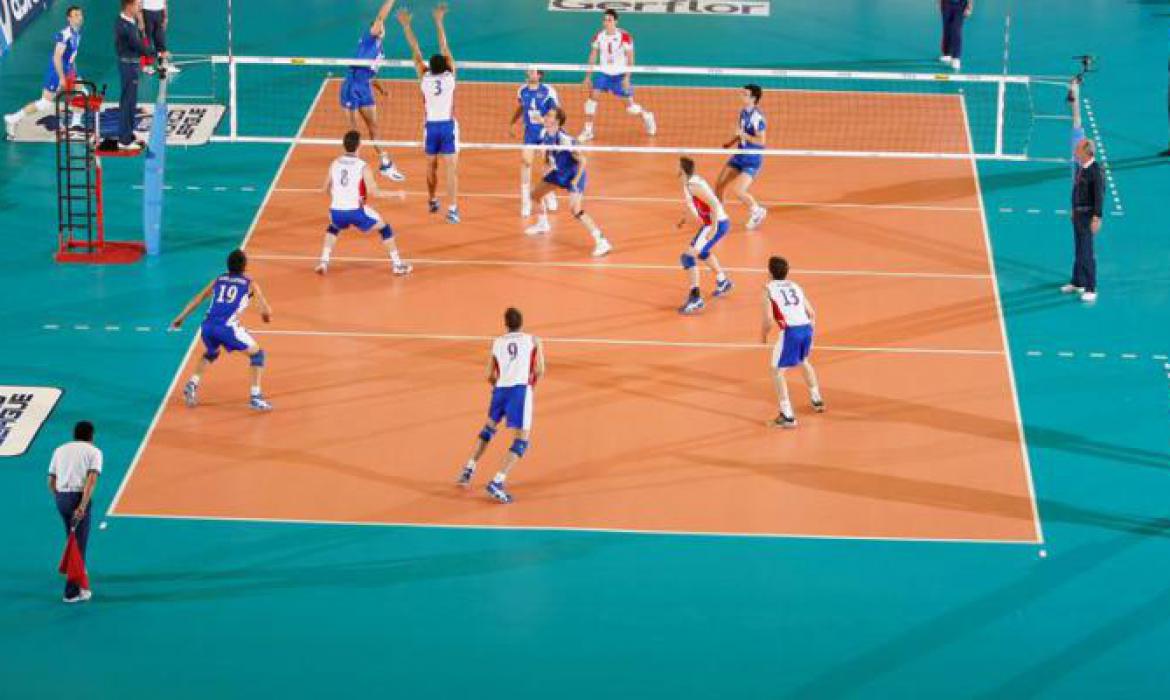Epoxy Self Leveling

Epoxy Self-Leveling is a type of epoxy-based coating applied in the range of 1 mm to 3 mm. It is an aesthetically pleasing coating ideal for light vehicle traffic and pedestrian traffic.
Generally, two-component epoxies, like other thermosetting plastics, transition from liquid to solid after a certain period and mature to their final hardness within one or two weeks. A highly rigid and durable surface is obtained. Typically used in enclosed spaces,
Main features include:
- Thickness of 1 to 3 mm
- Smooth surface
- Waterproof
- Dust-free
- Cost-effective repair
- Easy maintenance
- Aesthetic
- Antibacterial
The combination of epoxy with glass or carbon fiber provides excellent mechanical strength. Therefore, it is widely used in space and aviation technologies and the maritime industry. It is also commonly used in the construction sector. During repairs, it is used to fill suitable cracks, place steel reinforcements to be added later into concrete, and the tensile strengths of reinforcements embedded in concrete are quite high. It also serves as a surface coating product.
The term 'Epoxy' is derived from two prefixes in Greek: 'epi,' meaning 'on,' and 'oxy,' meaning 'sharp/acidic.' As understood from its name, Self-Leveling is named after the self-leveling property of epoxy floor coatings, and it is a version with medium strength and thickness. Developed for areas with smooth surfaces or areas that have been corrected and prepared and areas where it is necessary to avoid damage caused by static electricity to devices.
Epoxy floor coatings are sensitive products where the preparation and inspection of the floor before application are as important as the application itself. Therefore, the area to be applied must be carefully examined, the floor must be purified from factors such as dirt, dust, oil, paint, while ensuring adhesion, and if necessary, some equipment (ball vacuum machine, grinding machine, etc.) should be used. After determining factors such as humidity related to the floor, the application should be carried out while considering the weather conditions during application. Due to their low UV resistance, epoxy coatings should be preferred for enclosed areas, and due to their rigid structure, they should not be applied to flexible floors.
Main application areas include:
- Educational institutions
- Warehouses and production areas without heavy forklift use in factories
- Areas requiring medium strength and seamless application
- Healthcare institutions
- Enclosed areas requiring hygiene and dust-free conditions
It should be applied by a professional team. Floor preparation before application is crucial, and technical personnel need to assess each area separately.






























